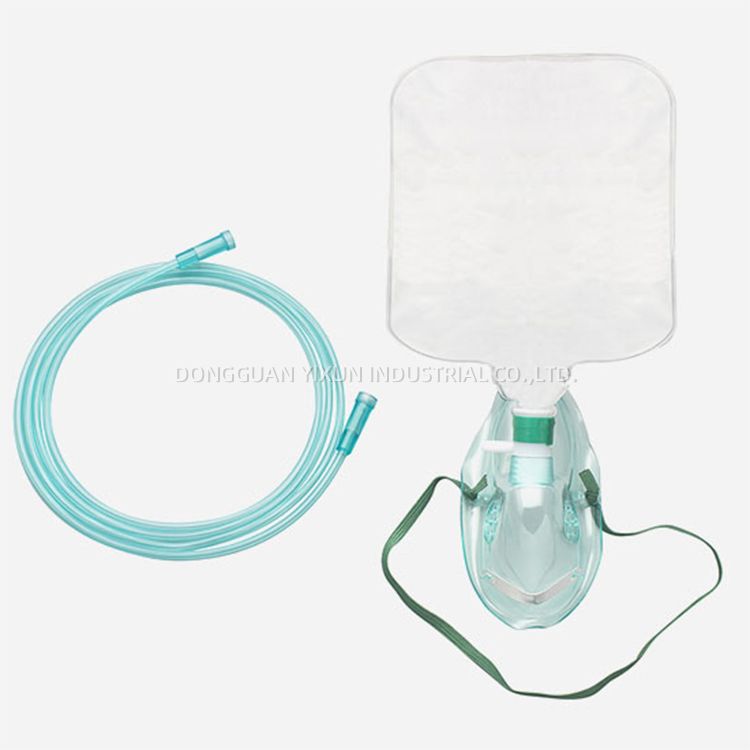| Availability: | |
|---|---|
| Quantity: | |
This versatile tool supports three distinct materials in a single mold, enabling cost-effective production of multi-material parts with varying mechanical and chemical properties.
Tri-Material Compatibility: Independently controlled hot runners allow simultaneous processing of PA6 (high strength), PE (chemical resistance), and PC (optical clarity) in separate cavities.
16-Cavity Synchronization: Advanced hydraulic systems ensure uniform fill pressure across all cavities, achieving part-to-part weight variation <0.5%.
Precision Tolerances: Maintains dimensional accuracy of ±0.03mm for critical features like fluid ports and snap-fit joints, verified via automated vision inspection.
Material-Specific Cooling Channels: Individually tailored cooling circuits optimize solidification rates for each material, reducing cycle times by 20% compared to standard molds.
Easy Material Changeover: Quick-release nozzle adapters and purge compounds facilitate rapid material switching without cross-contamination.
Infusion Tubing Components: Produces PA6 pressure sensors, PE anti-kink sleeves, and PC flow meters in a single mold run.
Drug Delivery Systems: Forms multi-material cartridges with PA6 structural frames, PE seals, and PC windows for dose visualization.
Dialysis Equipment: Manufactures PC filter housings, PE fluid connectors, and PA6 clamp mechanisms with integrated sterilization indicators.
Respiratory Care: Creates PE oxygen tubing connectors, PC flow valves, and PA6 mounting brackets for ventilator systems.
Q: Can the mold produce overmolded parts with two materials?
A: Yes—while designed for three materials, the mold can be reconfigured for 2K overmolding by disabling one material channel.
Q: What is the recommended melt temperature for each material?
A: PA6: 230-280°C, PE: 180-250°C, PC: 280-320°C; mold temperature control systems maintain ±2°C stability.
Q: How is material compatibility ensured in multi-cavity setups?
A: We conduct rheology analysis to ensure melt flow rates and cooling shrinkage rates are compatible across materials.
Q: What maintenance is required for multi-material molds?
A: Regular hot runner nozzle cleaning (every 50,000 cycles) and lubrication of cavity slides to prevent material residue buildup.

This versatile tool supports three distinct materials in a single mold, enabling cost-effective production of multi-material parts with varying mechanical and chemical properties.
Tri-Material Compatibility: Independently controlled hot runners allow simultaneous processing of PA6 (high strength), PE (chemical resistance), and PC (optical clarity) in separate cavities.
16-Cavity Synchronization: Advanced hydraulic systems ensure uniform fill pressure across all cavities, achieving part-to-part weight variation <0.5%.
Precision Tolerances: Maintains dimensional accuracy of ±0.03mm for critical features like fluid ports and snap-fit joints, verified via automated vision inspection.
Material-Specific Cooling Channels: Individually tailored cooling circuits optimize solidification rates for each material, reducing cycle times by 20% compared to standard molds.
Easy Material Changeover: Quick-release nozzle adapters and purge compounds facilitate rapid material switching without cross-contamination.
Infusion Tubing Components: Produces PA6 pressure sensors, PE anti-kink sleeves, and PC flow meters in a single mold run.
Drug Delivery Systems: Forms multi-material cartridges with PA6 structural frames, PE seals, and PC windows for dose visualization.
Dialysis Equipment: Manufactures PC filter housings, PE fluid connectors, and PA6 clamp mechanisms with integrated sterilization indicators.
Respiratory Care: Creates PE oxygen tubing connectors, PC flow valves, and PA6 mounting brackets for ventilator systems.
Q: Can the mold produce overmolded parts with two materials?
A: Yes—while designed for three materials, the mold can be reconfigured for 2K overmolding by disabling one material channel.
Q: What is the recommended melt temperature for each material?
A: PA6: 230-280°C, PE: 180-250°C, PC: 280-320°C; mold temperature control systems maintain ±2°C stability.
Q: How is material compatibility ensured in multi-cavity setups?
A: We conduct rheology analysis to ensure melt flow rates and cooling shrinkage rates are compatible across materials.
Q: What maintenance is required for multi-material molds?
A: Regular hot runner nozzle cleaning (every 50,000 cycles) and lubrication of cavity slides to prevent material residue buildup.
